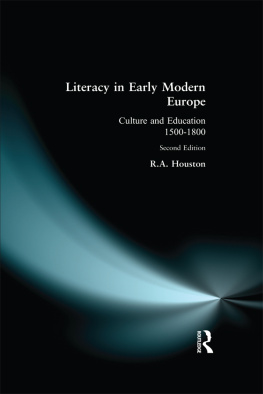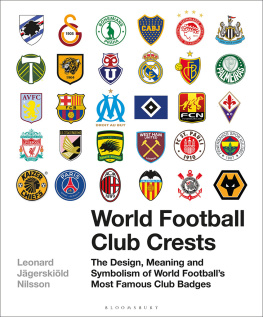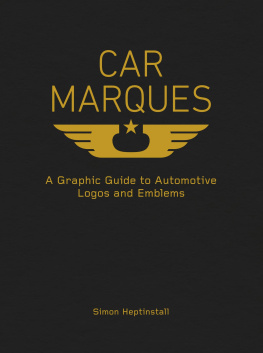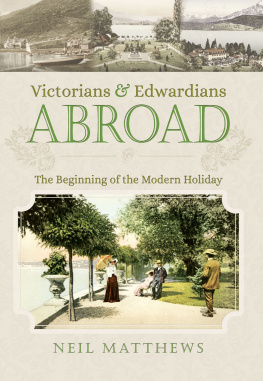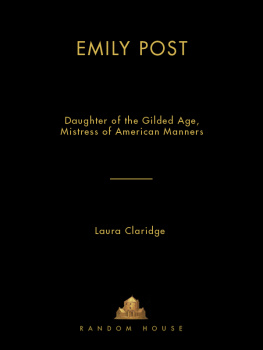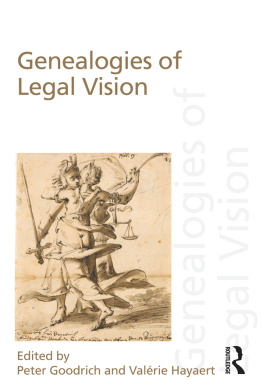First published 2014 by Ashgate Publishing
Published 2016 by Routledge
2 Park Square, Milton Park, Abingdon, Oxon OX14 4RN
711 Third Avenue, New York, NY 10017, USA
Routledge is an imprint of the Taylor & Francis Group, an informa business
Copyright 2014 Peter M. Daly
Peter M. Daly has asserted his right under the Copyright, Designs and Patents Act, 1988, to be identified as the author of this work.
All rights reserved. No part of this book may be reprinted or reproduced or utilised in any form or by any electronic, mechanical, or other means, now known or hereafter invented, including photocopying and recording, or in any information storage or retrieval system, without permission in writing from the publishers.
Notice:
Product or corporate names may be trademarks or registered trademarks, and are used only for identification and explanation without intent to infringe.
British Library Cataloguing in Publication Data
A catalogue record for this book is available from the British Library
The Library of Congress has cataloged the printed edition as follows:
Daly, Peter M. (Peter Maurice)
The emblem in early modern Europe: contributions to the theory of the emblem/by Peter M.
Daly.
pages cm
Includes bibliographical references and index.
ISBN 978-1-4724-3013-7 (hardcover : alk. paper) 1. EmblemsEuropeHistory. 2.
EmblemsThemes, motives. 3. Emblem books, European. I. Title.
PN56.E57D339 2014
809.987dc23
2013037836
ISBN 9781472430137 (hbk)
Emblem studies have come a long way in the last 20 or 30 years. But much still remains to be done. Emblems represent a relatively new subfield of literary and art historical studies. It is then hardly surprising that literally thousands of emblem books await a first critical discussion.
The last 150 years have seen many discussions of emblem theory: Henry Green,the list could easily be extended. The names are so well known that it is unnecessary to rehearse their accomplishments.
In addition to the rare original prints we have some facsimile reprints and now we have some digital versions. The digitization of emblem books is a recent and very promising development.
The increase in conference presentations has been matched by new publications such as the journal Emblematica and recently by a new Spanish journal Imago, monographic series published by AMS Press, Brepols, Brill, and Glasgow University, as well as facsimile editions of emblem books published by AMS Press, Brepols, Brill, Niemeyer, Olms, Scolar Press, and the University of Toronto Press. There has in fact been something of a boom in emblem studies. I estimate that alone in the two decades 19902009 over 1,400 articles, essays, and books were published in western European languages on emblem studies.
I may not able to assess everything that has been donetoo much has been published in languages that I hardly read or do not read at all, and often on subjects about which I have little first-hand knowledge. I see a lot of contemporary scholarship. I also admit to being an avid reader.
Theory remains a difficult issue. With perhaps over 6,500 printed books it is little wonder. This number only concerns print and not the material culture, which in some ways may have been more important at least in terms of direct reception. The fact is that each time someone writes about anything emblematic in the print or material culture, the writer will have to decide if the combination of picture and word is emblematic, and that implies a decision whether the thing in question belongs to the genre of emblem or not. Not every picture is emblematic nor, obviously, are all words, whether taken singly or in sentences or clauses. In questions of theory, one might differentiate between modern and perhaps early modern attempts to define or describe the genre of emblematic books.
Since the present book takes up some questions that have not received, in my view, sufficient consideration, it might be useful to indicate briefly what is said in some of the most influential modern attempts to describe the genre of the emblem. In this I shall mention briefly the views of those generally recognized as authorities: Praz, dating from the early 1930s, Freeman, dating from the 1940s, Heckscher, dating from the 1950s, Schne, dating from the 1960s, and Jns, also dating from the 1960s. This is suggested in dealing with Recent Emblem Theory.
There is a question whether some writers use terms perhaps a little loosely. It matters little whether the terms used are English, French, German, or Latin. I shall use the Latin terms, probably first used widely by Albrecht Schne: inscriptio, pictura and subscriptio because they they imply nothing about the form or function of the part in question. The translation into English of Prazs Studies uses the English terms motto and epigram, which in themselves are far from unusual. But not every inscriptio of an emblem is in fact a motto, and not every subscriptio is an epigram. Some may feel that it does not matter. But many emblems have a title and not a motto that appears over the picture. Some subscriptiones are prose and when poetry, then often of different lengths.
Work is being done on theoretical questions concerning the emblem, but more needs to be done. I prefer not to enter into the general debate again, but would observe that some aspects need more study. There is already more than enough information on most of the precursors of the emblem. However, it is still unclear just how many, and which, printed emblems owe how much to these precursors of the emblem. Disagreement may well continue on what is primary in an emblem: the visual illustration or the texts. But even this issue seems to avoid the rather obvious question: primary to whom, the creator of the emblem or a reader? Creator is also something of an ambiguity since most emblem texts were written by someone recognized on the printed title-page as the author, but he or she rarely produced the pictura. The woodcut or engraving was usually created by a named artist who either worked directly for a publisher, who may have provided written or oral instructions, or the artist may have received instructions from the writer of texts, or simply proceeded directly from the


